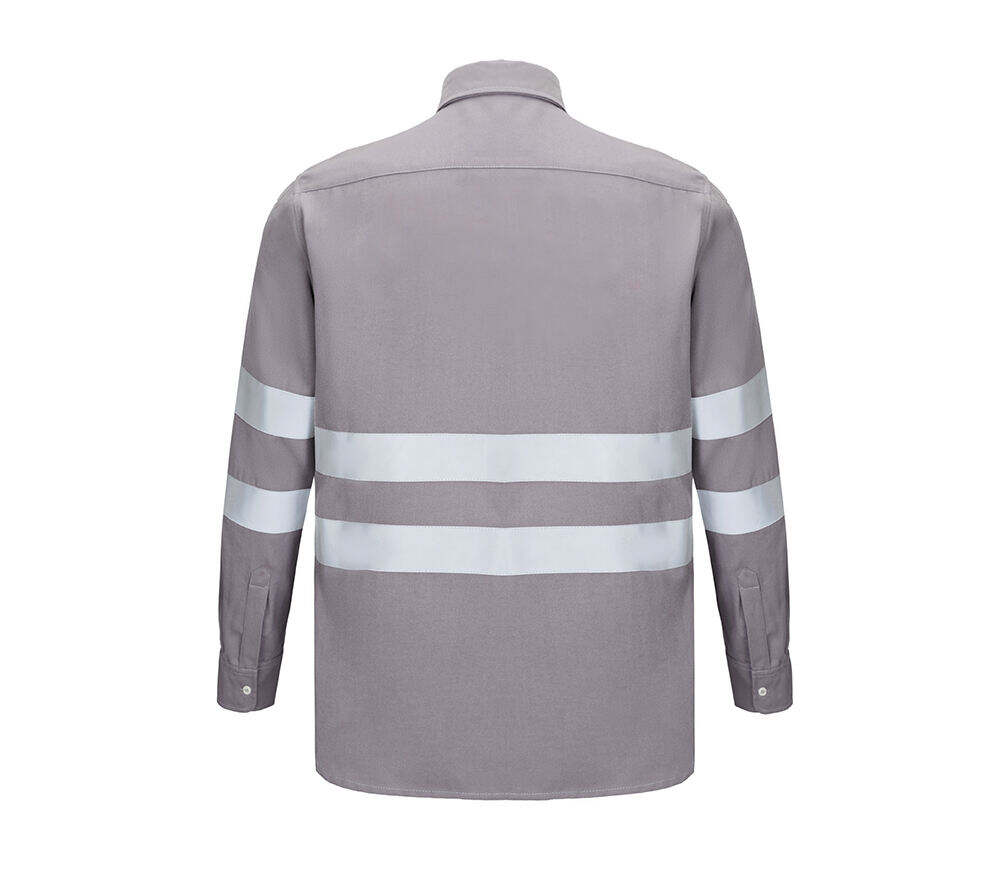Arc flash apparel is a critical component of personal protective equipment (PPE) for workers in industries such as electrical power, manufacturing, and industrial facilities, where the risk of arc flash incidents is present. An arc flash is a sudden and intense release of electrical energy that can generate extremely high temperatures, causing severe burns, injuries, or even death. To ensure that arc flash apparel continues to provide the necessary level of protection, it is important to know how often it should be replaced.
The frequency of replacing arc flash apparel depends on several factors, including the type of apparel, the frequency of use, the level of exposure to arc flash hazards, and the condition of the apparel.
One of the key factors is the type of arc flash apparel. Different types of apparel, such as arc flash suits, jackets, shirts, pants, coveralls, hoods, gloves, and face shields, may have different replacement schedules based on their construction and the materials used. For example, arc flash suits, which offer the highest level of protection, may need to be replaced more frequently than jackets or shirts due to their more complex design and the potential for greater wear and tear.
The frequency of use is another important consideration. Workers who wear arc flash apparel on a daily basis will put more stress on the garments compared to those who wear them less frequently. The constant movement, bending, and exposure to various elements can cause the fabric to wear out faster. In high - use situations, it may be necessary to inspect the apparel more regularly and replace it sooner. As a general guideline, for apparel that is used daily, an annual inspection and potential replacement may be appropriate, but this can vary depending on the specific conditions.
The level of exposure to arc flash hazards also plays a role in determining the replacement frequency. If a worker is frequently exposed to high - energy arc flash incidents, the apparel will be subjected to more intense heat and energy, which can degrade the flame - retardant properties of the fabric more quickly. In such cases, the apparel may need to be replaced more often to ensure continued protection. For workers in high - risk environments, more frequent inspections and a shorter replacement cycle may be necessary.
The condition of the arc flash apparel is perhaps the most direct indicator of when it should be replaced. Regular inspections should be carried out to check for signs of wear and tear, such as fraying, holes, tears, or damage to the reflective elements. The fabric should be examined for any signs of thinning, which can reduce its ability to protect against arc flash hazards. If the apparel has been involved in an arc flash incident, even if there is no visible damage, it should be replaced immediately, as the intense heat and energy may have compromised the integrity of the fabric.
In addition to visual inspections, the arc rating of the apparel should also be considered. Over time, the arc rating of the apparel may decrease due to wear and tear, exposure to chemicals, or repeated washing. If the arc rating no longer meets the requirements for the specific hazards in the workplace, the apparel should be replaced. It is important to keep records of the arc ratings of the apparel and any inspections or incidents that may affect its protective properties.
The manufacturer's recommendations should also be followed when determining the replacement frequency of arc flash apparel. Manufacturers have expertise in the materials and construction of their products and can provide guidelines on how often the apparel should be replaced based on typical use and exposure conditions. These recommendations should be taken into account along with the other factors mentioned above.
It's also worth noting that proper care and maintenance of arc flash apparel can extend its lifespan. Following the manufacturer's instructions for washing, drying, and storing the apparel can help to preserve its protective properties. Using mild detergents, avoiding bleach and fabric softeners, and air - drying the apparel when possible can prevent damage to the fabric and reflective elements.
In conclusion, there is no one - size - fits - all answer to how often arc flash apparel should be replaced. It depends on a combination of factors, including the type of apparel, frequency of use, level of exposure to hazards, condition of the apparel, and manufacturer's recommendations. Regular inspections and a proactive approach to replacement are essential to ensure that workers are always protected by arc flash apparel that meets the necessary safety standards.


